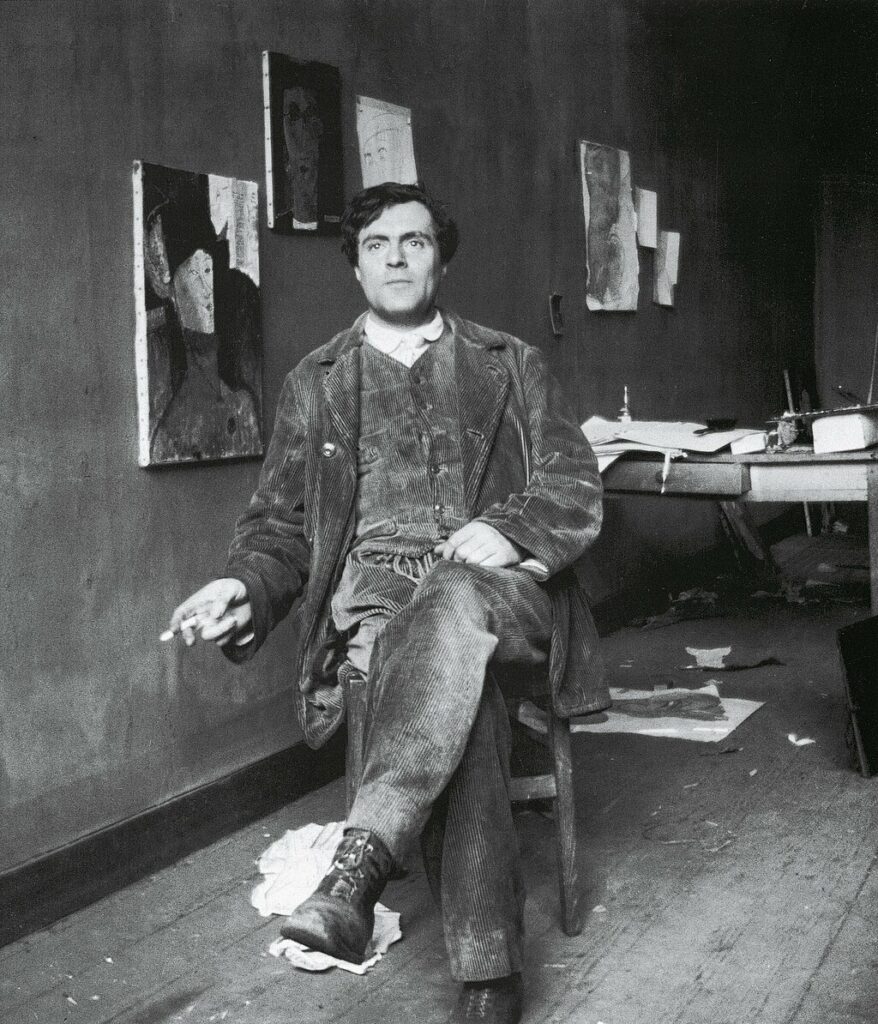
A Enigmática Jornada de Amedeo Modigliani: Uma História de Paixão e Arte
Início da vida e educação
Nascido em 12 de julho de 1884, na vibrante cidade de Livorno, na Itália, as obras de arte de Amedeo Modigliani entraram em um mundo repleto de arte cultural e ricas tradições. Livorno, um caldeirão de comunidades diversas, moldou significativamente as perspectivas iniciais de Modigliani. Os portos movimentados e as cenas artísticas expressivas da cidade forneceram um pano de fundo que despertou sua criatividade. criatividade artística desde muito cedo.
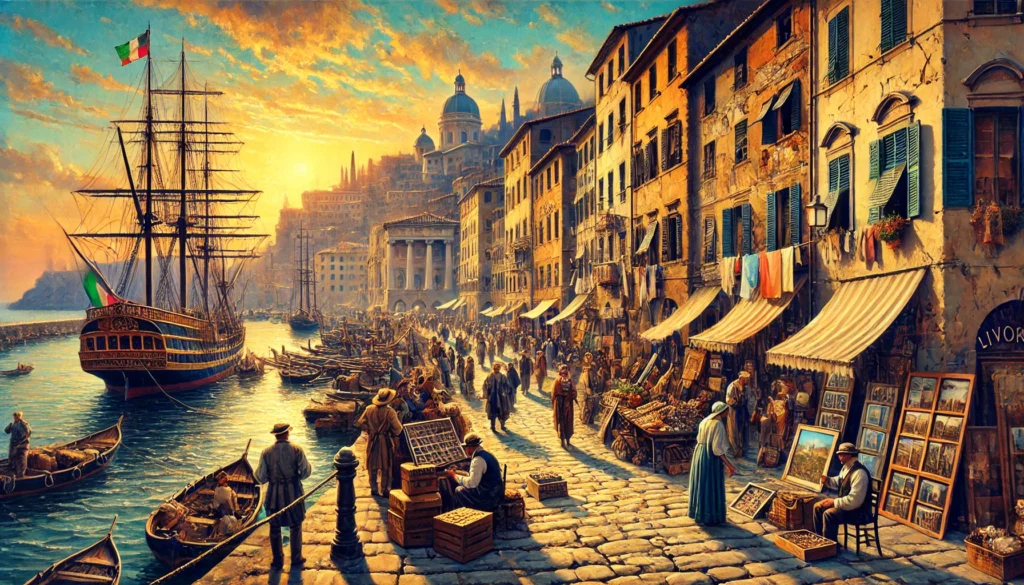
Criado em uma família judia sefardita, Amedeo Modigliani era o mais novo de quatro filhos. Seu pai, Flaminio, era um empresário fracassado, enquanto sua mãe, Eugénie Garsin, tinha formação intelectual. Apesar das dificuldades financeiras, sua mãe garantiu que a educação e a arte permanecessem no centro de suas vidas. Anedotas da infância frequentemente destacam como ele desenhava incessantemente, capturando a essência da vida cotidiana em Livorno. Uma dessas histórias conta que o jovem Amedeo desenhou a imagem de um morador local colecionador de artemostrando seu talento inato e visão artística.
Uma infância envolvente
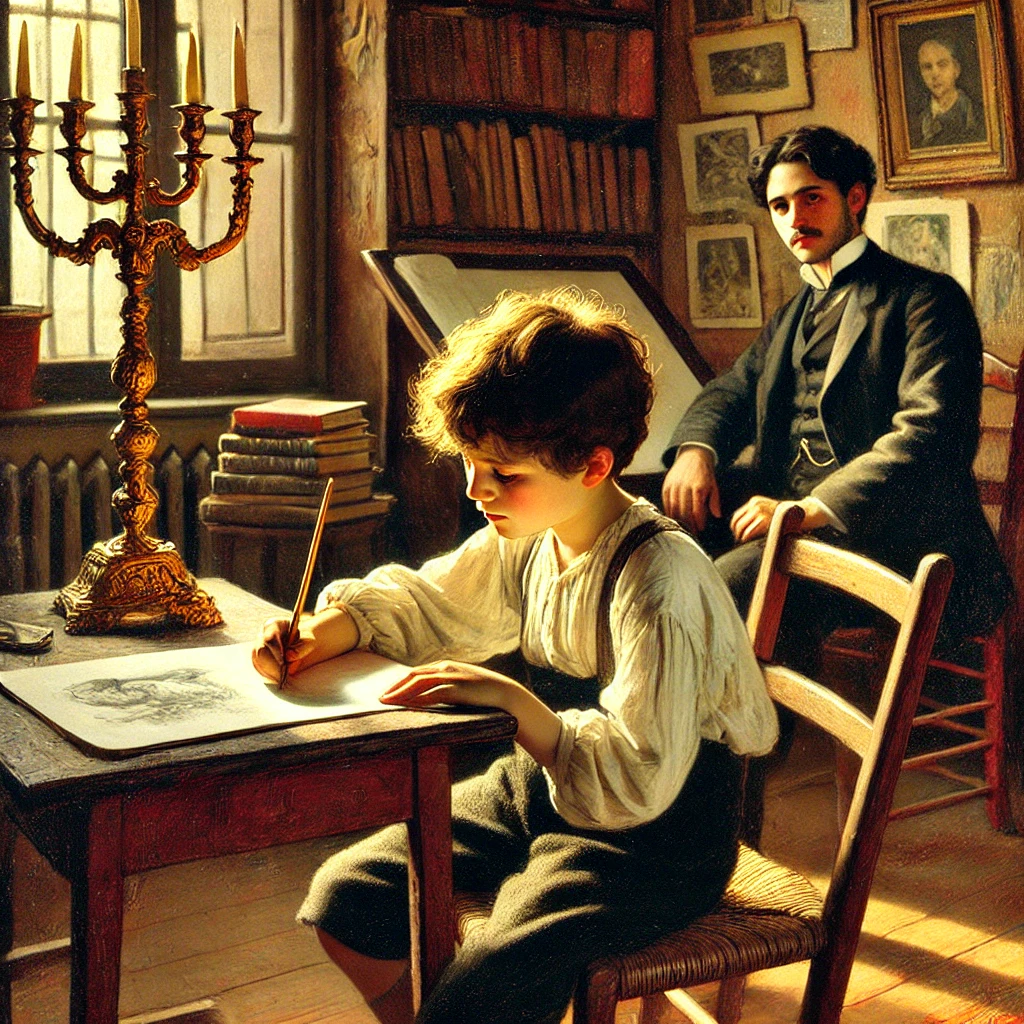
Inclinações artísticas iniciais
Lutas iniciais e início de carreira
O contexto histórico
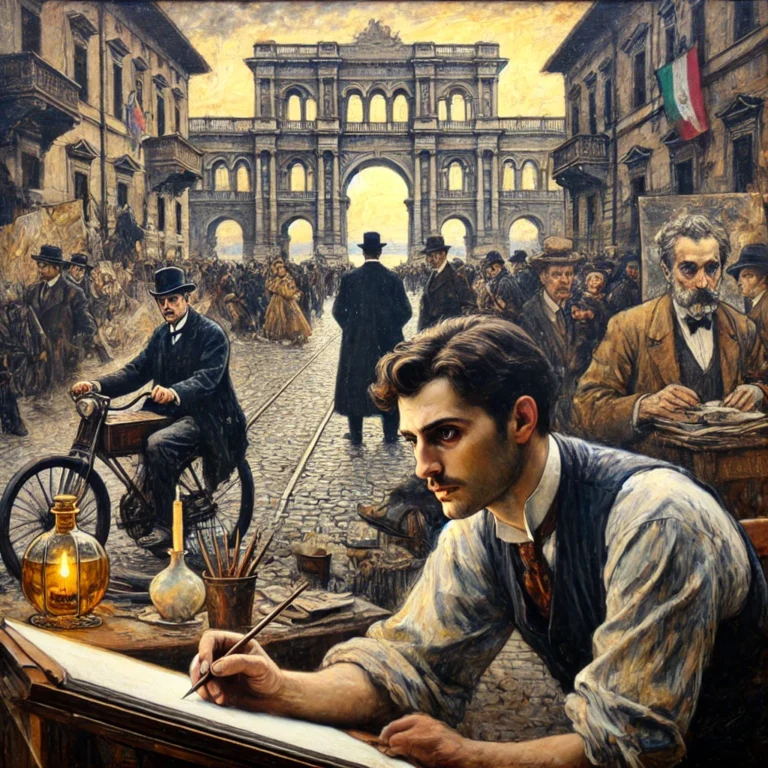
Problemas graves de saúde prejudicaram o início da vida de Amedeo Modigliani. Aos 11 anos, ele contraiu pleurisia e, aos 16, lutou contra a febre tifoide. Essas doenças, juntamente com um diagnóstico posterior de tuberculose, afetaram profundamente sua visão da vida e da arte. O espectro da mortalidade pairava sobre ele, impregnando seu trabalho com um senso de urgência e profundidade.
Desafios de saúde
Principais pontos de inflexão
Influências e relacionamentos
Em 1906, Modigliani se mudou para Paris, o epicentro do mundo da arte. Os arte internacional O cenário era um foco de inovação, atraindo artistas de todo o mundo. Lá, ele mergulhou no estilo de vida boêmio, fazendo amizades com figuras influentes como Pablo Picasso e Constantin Brâncuși.
A mudança para Paris
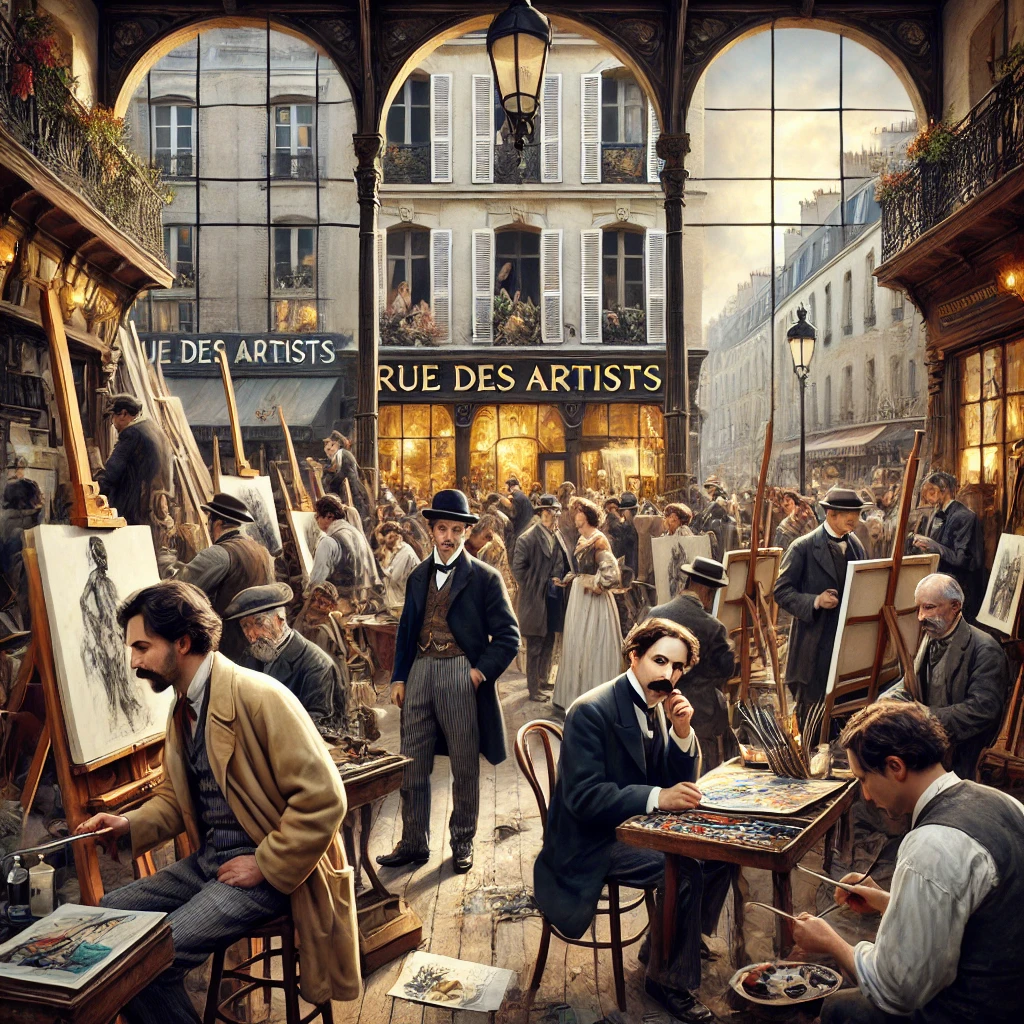
Amizades forjadas e perdidas
Os relacionamentos intensos marcaram o período de Amedeo Modigliani em Paris. Sua amizade com Brâncuși o apresentou à escultura, levando-o a um período em que se concentrou quase que exclusivamente nesse meio. No entanto, a eclosão da Primeira Guerra Mundial e os conflitos pessoais levaram a relacionamentos tensos, destacando a natureza transitória de suas conexões.
Evolução do estilo artístico
Mudanças de estilo
Descrição dos estilos
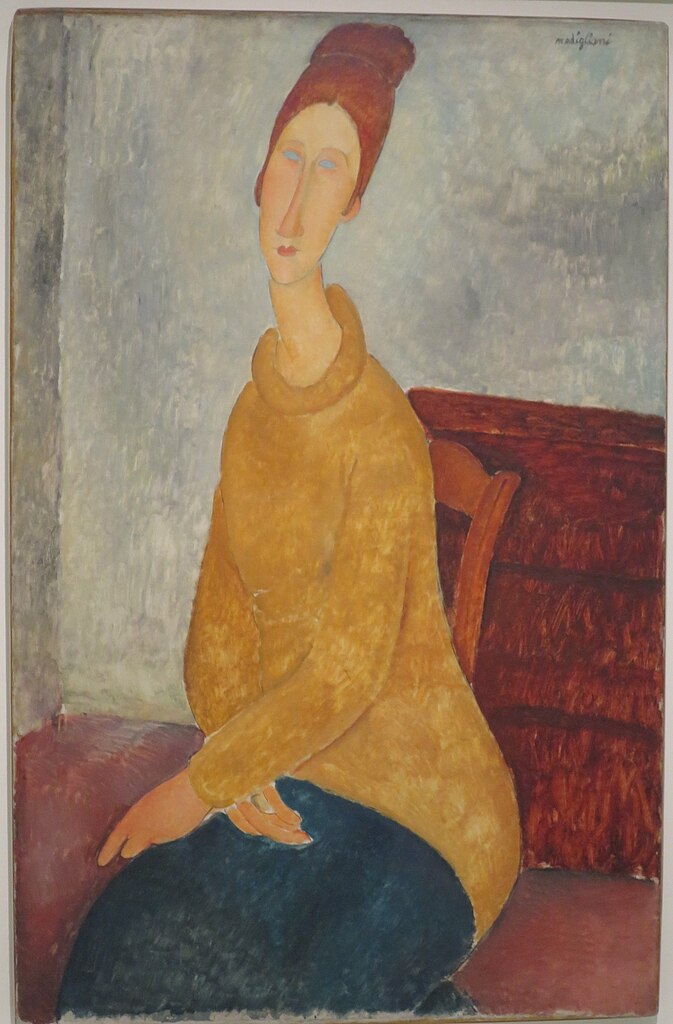
Técnicas e métodos
Influências esculturais
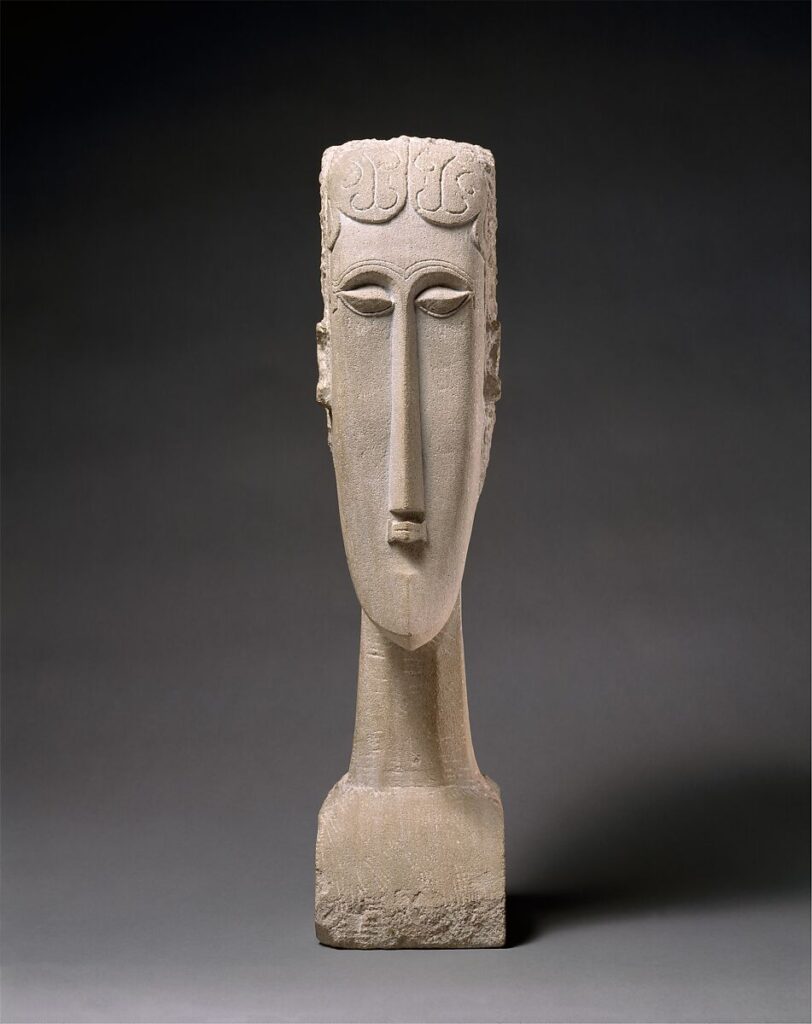
O período de Modigliani como escultor teve um impacto profundo em suas técnicas de pintura. Ele adotou uma abordagem linear, concentrando-se nos contornos e na estrutura de seus temas. Essa influência da arte de montagem é evidente na forma como ele construiu suas composições, misturando elementos de arte de mídia mista em suas pinturas.
A experimentação era fundamental para o processo de Modigliani. Ele usava com frequência objetos e materiais de arte encontrados, incorporando-os em seu trabalho para acrescentar textura e dimensão. Essa abordagem artística inovadora mostrava sua disposição de ultrapassar os limites e explorar novos horizontes artísticos.
Uso de materiais
Principais eventos e avanços
Exposição individual de 1917
Um momento crucial na carreira de Modigliani foi sua exposição individual na Galeria Berthe Weill em 1917. Apesar da controvérsia gerada devido à exibição de pinturas de nus, ela marcou seu surgimento no cenário artístico mundial. palco internacional de arte. A exposição destacou seu trabalho único técnicas artísticas e solidificou sua reputação como um talento formidável.
Seu relacionamento com Jeanne Hébuterne, uma jovem estudante de arte, foi uma fonte de profunda alegria e tragédia. A conexão apaixonada entre eles influenciou muitos de seus trabalhos posteriores, acrescentando camadas de profundidade às suas obras. criatividade artística.
Vida pessoal e relacionamentos
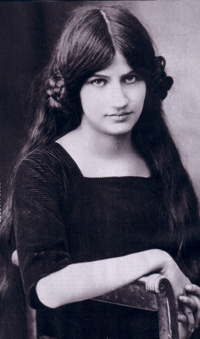
A vida em Paris e o cenário artístico
Interações com outros artistas
Paris ofereceu a Modigliani um ambiente onde ele poderia colaborar e trocar ideias com outros artistas. Ele se envolveu em diversidade artísticaA arte de seu trabalho é uma das mais importantes do mundo, inspirando-se em várias culturas e estilos. Essas interações enriqueceram seu trabalho, permitindo que ele desenvolvesse uma voz distinta dentro do arte internacional comunidade. Algumas das influências e colaboradores mais notáveis incluem Pablo Picasso, Constantin Brâncuși, Paul Cézanne.
Modigliani foi profundamente inspirado por Máscaras e esculturas africanasque ele descobriu por meio dos artistas de vanguarda em Paris, especialmente Picasso, e do interesse mais amplo em Primitivismo da época. Essa influência é evidente em seus retratos e esculturas estilizados, com rostos semelhantes a máscaras e características simplificadas.
Modigliani foi exposto às cores vibrantes e à pincelada expressiva dos fauvistas, principalmente por meio de seus encontros com artistas como Henri Matisse. Embora não tenha adotado o uso arrojado de cores, a ênfase fauvista na expressão emocional influenciou sua abordagem para transmitir o estado de espírito por meio do retrato.
Embora Modigliani estivesse imerso no modernismo, sua herança e educação italianas significavam que o Renascimento italianoparticularmente as obras de Botticelli e TicianoO estilo de vida de seu pai, o pintor, teve uma influência duradoura. Os pescoços alongados e as expressões serenas de seus retratos são frequentemente associados a essa estética renascentista.
O caldeirão cultural de Paris apresentou a Modigliani os conceitos de arte ecológica e o crescente interesse em arte e sociedade. Ele começou a incorporar temas que refletiam as complexidades da condição humana, mesclando experiências pessoais com questões sociais mais amplas.
Impacto em seu trabalho
Vida pessoal e desafios
Declínio da saúde
A saúde de Modigliani continuou a se deteriorar devido à tuberculose e ao abuso de substâncias. Apesar desses desafios, ele permaneceu dedicado ao seu ofício, usando sua arte como uma forma de exploração filosófica e expressão.
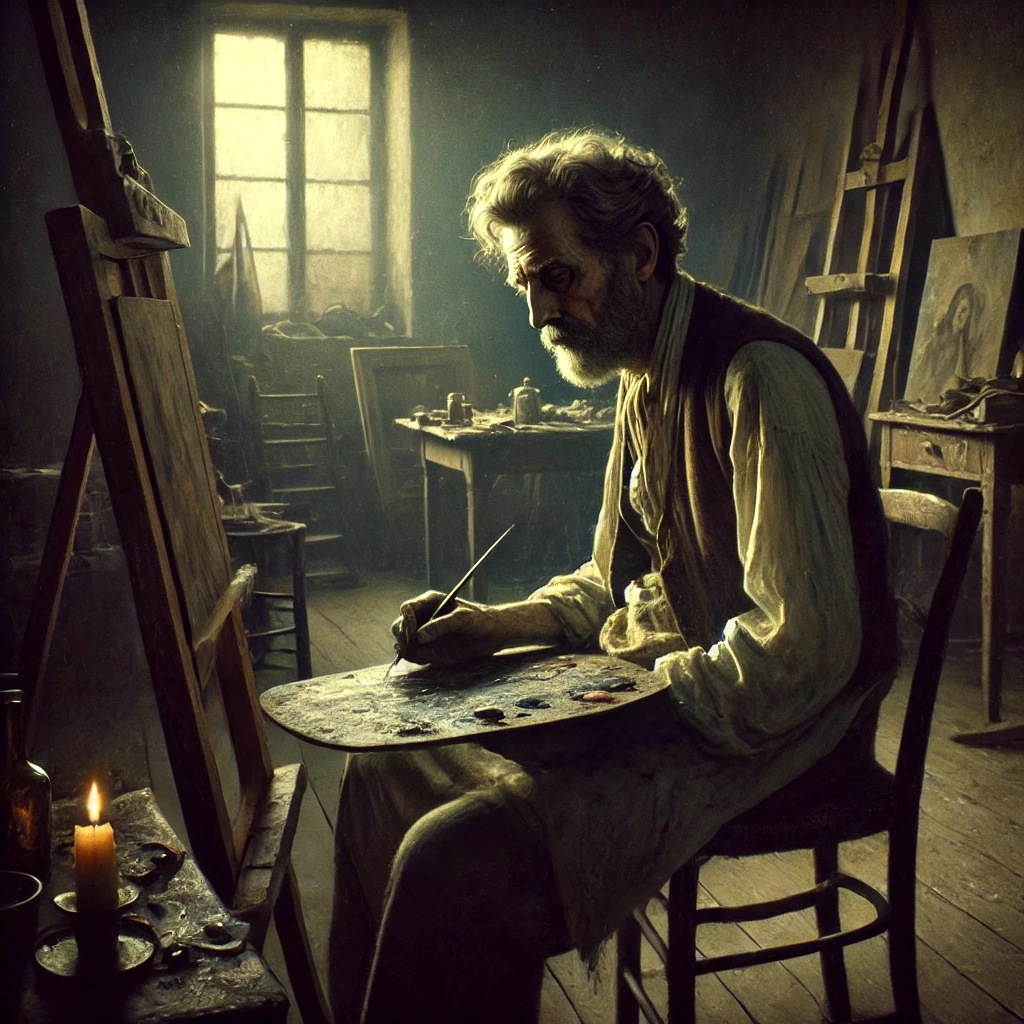
Modigliani foi atormentado por dificuldades financeiras persistentes. A falta de sucesso comercial durante sua vida o forçou a vender obras de arte a preços mínimos, muitas vezes apenas o suficiente para atender às necessidades básicas.
Dificuldades financeiras
Legado e influência
Conquistas ao longo da vida
Embora Modigliani não tenha alcançado fama significativa durante sua vida, seu trabalho ganhou imenso reconhecimento postumamente. Hoje, suas pinturas são celebradas por sua originalidade e ressonância emocional, influenciando inúmeros artistas e tornando-se peças valiosas em investimentos em arte.
A vida de Modigliani foi uma tapeçaria de paixão, luta e dedicação inabalável à arte. Sua processo artístico e técnicas inovadoras deixaram uma marca indelével no mundo da arte. Seu legado é um testemunho do poder da expressão criativa na captura da essência do espírito humano.
Reflexão final
"Nu couché" (Nu reclinado) foi vendido por $170,4 milhões em Christie's casa de leilões em Nova York em 9 de novembro de 2015. O comprador foi o bilionário chinês Liu Yiqian, e a venda fez de "Nu couché" uma das obras de arte mais caras já vendidas em um leilão.
Estilo e técnicas
Análise detalhada de seu estilo
A obra de Modigliani é caracterizada por sua mistura única de elementos tradicionais e modernos. As formas alongadas e os rostos estilizados de seus retratos refletem uma síntese de seus interesses artísticos filosóficos e dos movimentos artísticos expressivos de sua época.
Ele se inspirou em várias fontes, incluindo as máscaras africanas e as obras dos mestres renascentistas. Essa diversidade artística permitiu que ele criasse arte original que transcenderam as fronteiras culturais.
Diversidade artística
Locais onde seu trabalho é exibido
Museus e galerias
As obras de Modigliani estão em instituições de prestígio em todo o mundo. Museu de Arte Moderna em Nova York, o Tate Modern em Londres, e o Centro Pompidou em Paris apresentam suas peças com destaque. Essas galerias de arte oferecem aos visitantes a chance de conhecer suas obras-primas em primeira mão.
Várias galerias de arte on-line oferecem acesso ao seu trabalho para aqueles que não podem visitar essas instituições. Sites como The Art Story oferecem coleções abrangentes de suas pinturas e esculturas.
Galerias e recursos on-line
Conclusão
Aqui está uma lista de recursos e locais onde você pode explorar a arte de Modigliani:
1. Museu Metropolitano de Arte (Met), Nova York
O Met abriga várias obras de Modigliani, incluindo pinturas e desenhos. Os visitantes podem explorar essas peças pessoalmente ou por meio de sua extensa coleção on-line.
- URL: https://www.metmuseum.org
- Coleção on-line: Modigliani no Met
2. Tate Modern, Londres
A Tate Modern já sediou exposições importantes das obras de Modigliani, incluindo seus famosos retratos e nus. O museu oferece visitas físicas e passeios virtuais em seu site.
- URL: https://www.tate.org.uk
- Coleção Modigliani: Modigliani na Tate Modern
3. Museu de Arte Moderna de Paris
Localizado na cidade onde Modigliani passou grande parte de sua carreira, esse museu frequentemente exibe suas obras ao lado de outros grandes artistas modernistas.
4. Museu Guggenheim, Nova York
O Guggenheim possui algumas obras de Modigliani e apresentou suas peças em várias exposições.
5. Google Arts & Culture
Para aqueles que não podem visitar pessoalmente, Google Arts & Culture oferece uma experiência digital aprofundada, apresentando muitas das obras famosas de Modigliani em alta resolução. Também inclui passeios virtuais por museus e descrições detalhadas de sua arte.
- URL: https://artsandculture.google.com
- Coleção Modigliani: Amedeo Modigliani no Google Arts & Culture
6. MoMA (Museu de Arte Moderna), Nova York
O MoMA apresenta uma variedade de obras de Modigliani, desde seus primeiros desenhos até suas famosas pinturas. Seus retratos icônicos fazem parte da coleção.
- URL: https://www.moma.org
- Modigliani no MoMA: Coleção MoMA
7. Museu da Orangerie, Paris
Conhecido por seu foco em arte moderna, esse museu abrigou várias exposições de Modigliani, destacando especialmente as obras de seus anos em Paris.
8. Casa de leilões Christie's
A Christie's leiloou várias das obras mais famosas de Modigliani, e seus arquivos fornecem registros detalhados e imagens de alta resolução dessas peças.
- URL: https://www.christies.com
- Destaques do leilão de Modigliani: Modigliani na Christie's
9. Fundação Giacometti, Paris
O Fundação Giacometti frequentemente apresenta exposições do trabalho de Modigliani, mostrando sua conexão com outros artistas parisienses, como Giacometti.
10. WikiArt
Para uma galeria abrangente e de livre acesso das obras de Modigliani, o WikiArt é um excelente recurso.
- URL: https://www.wikiart.org
- Modigliani na WikiArt: Amedeo Modigliani na WikiArt
